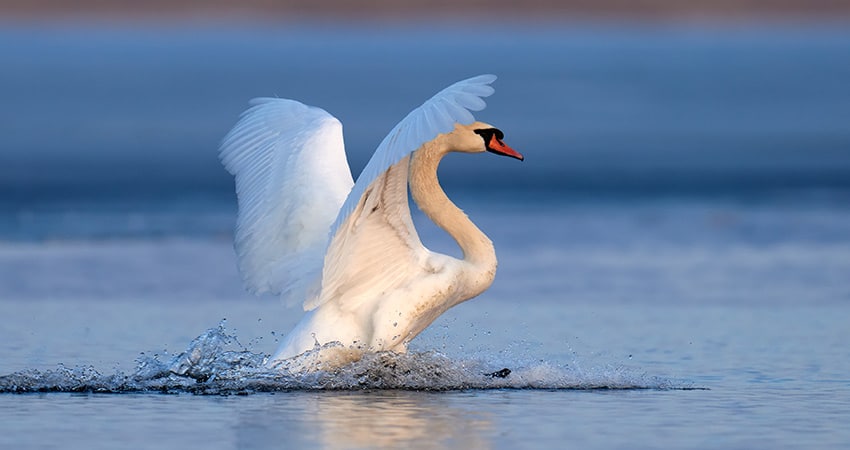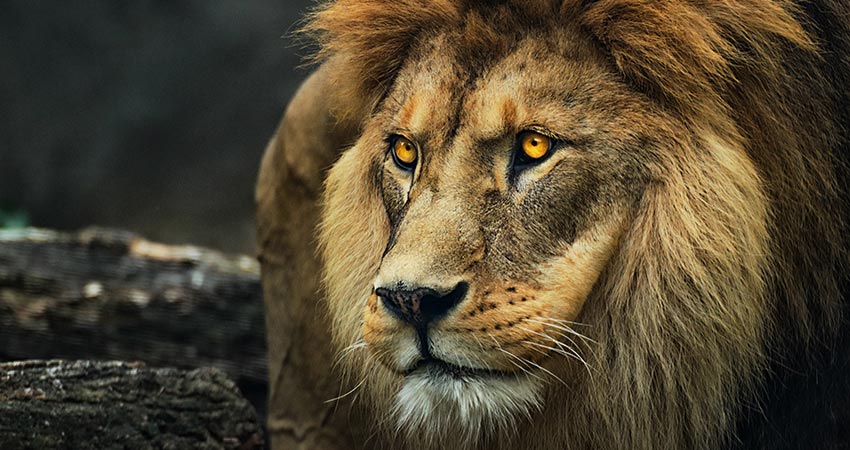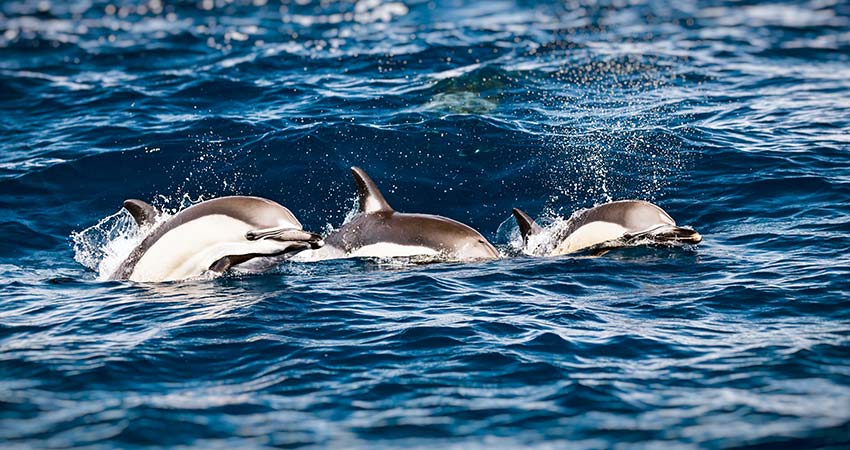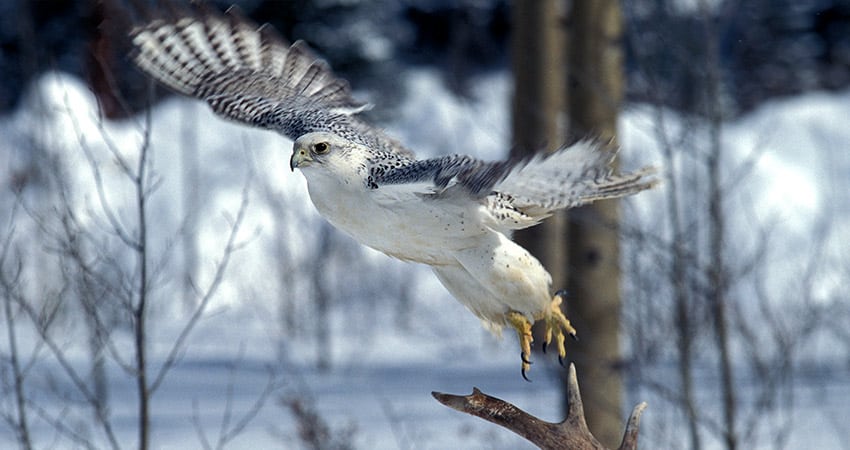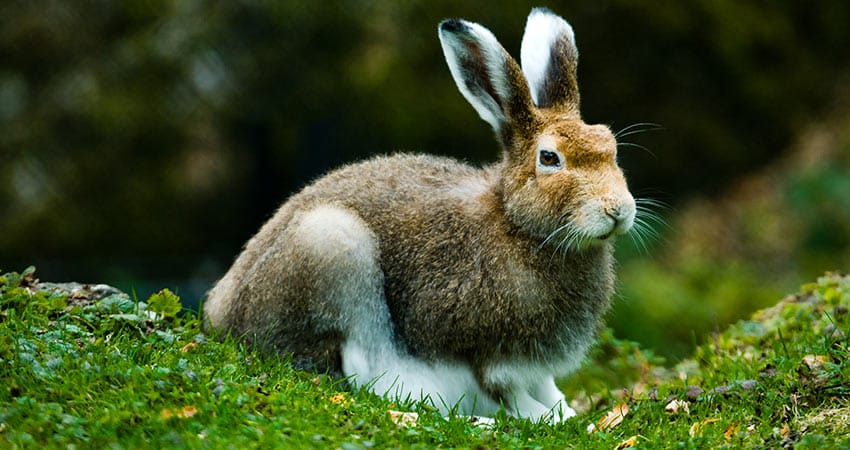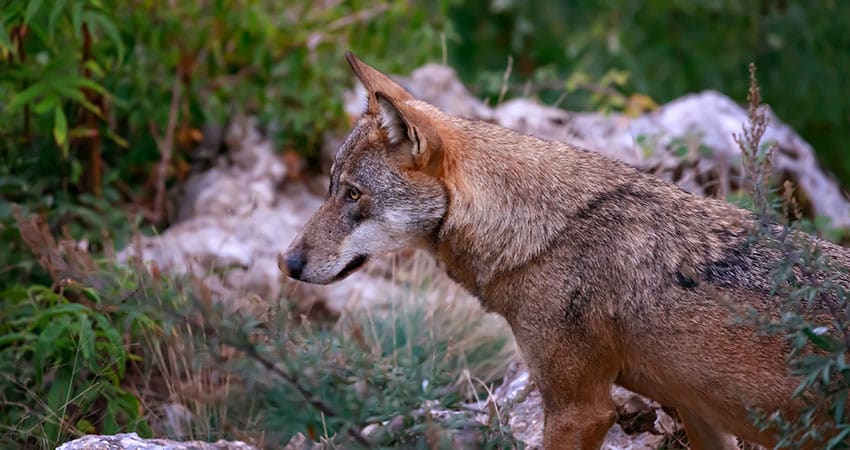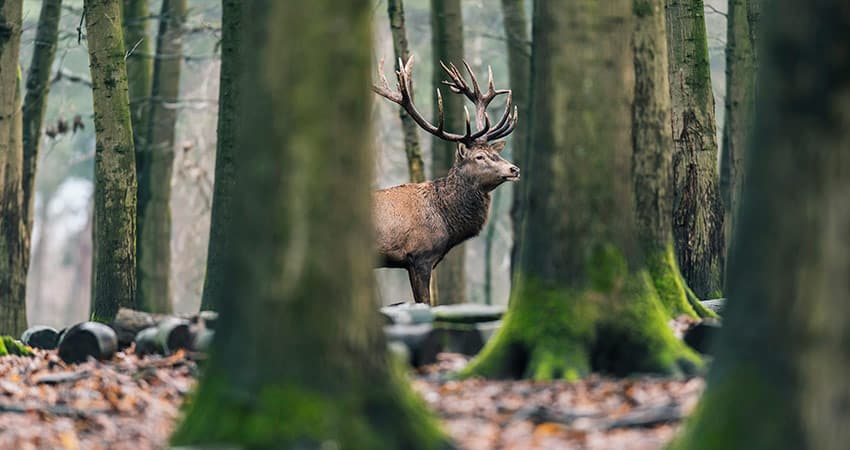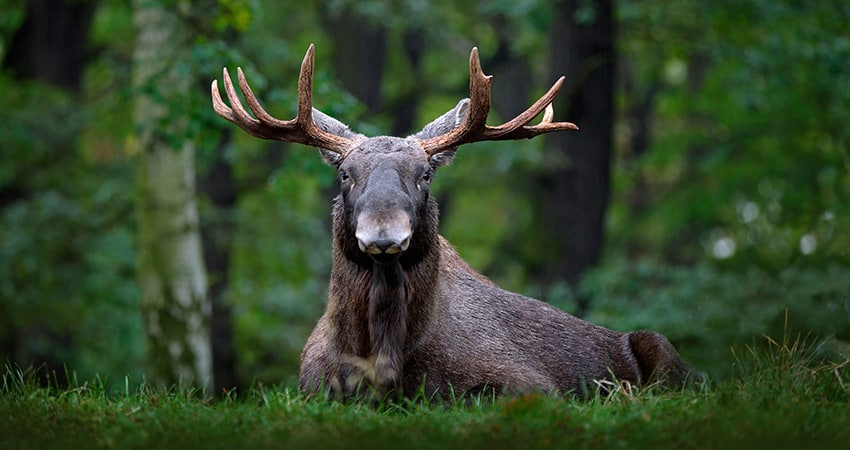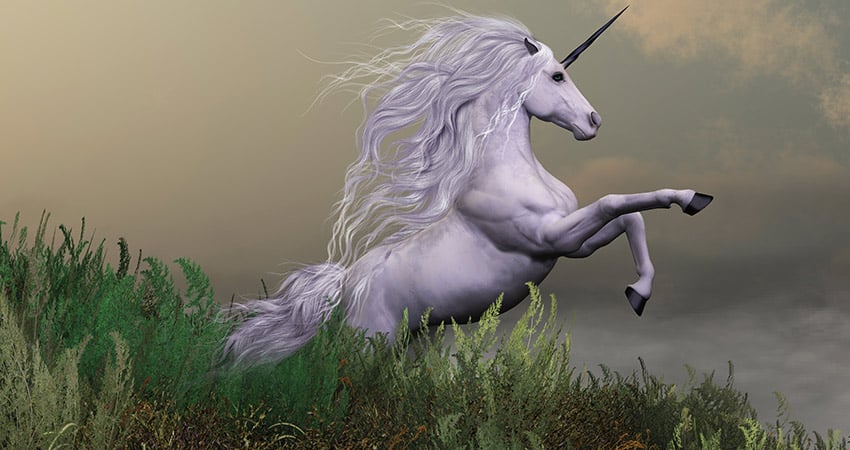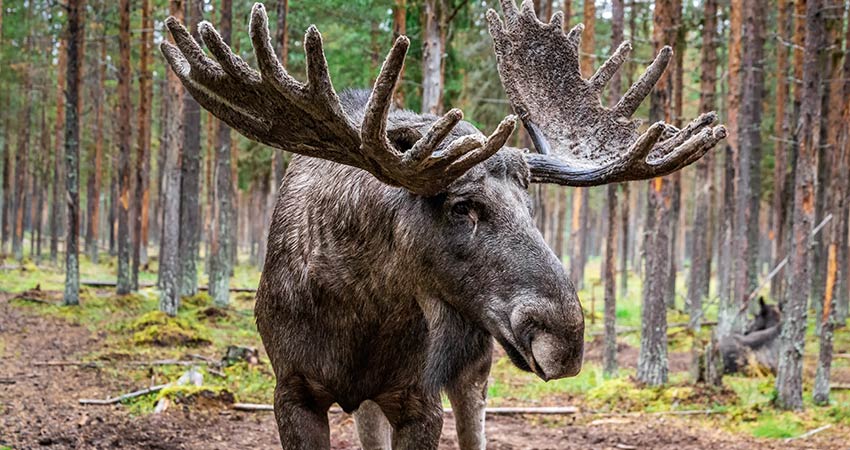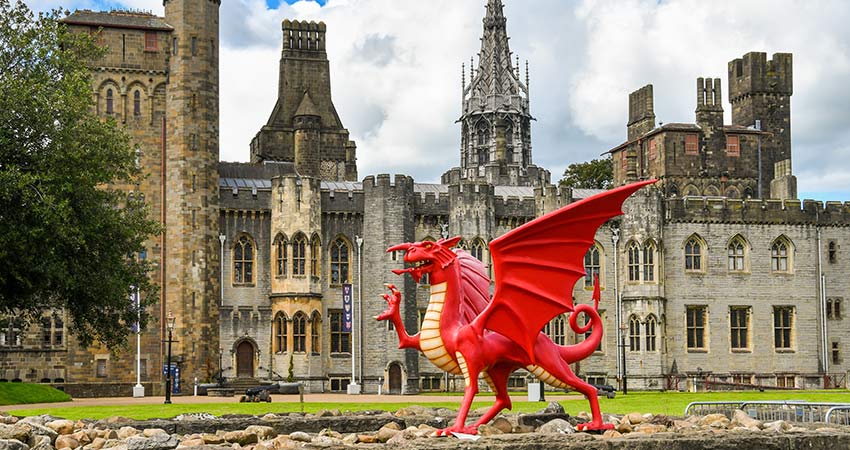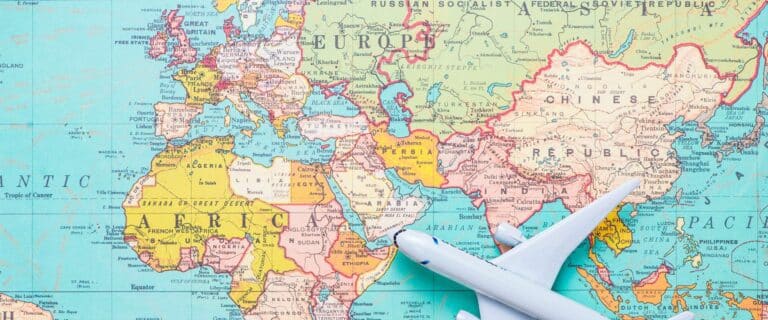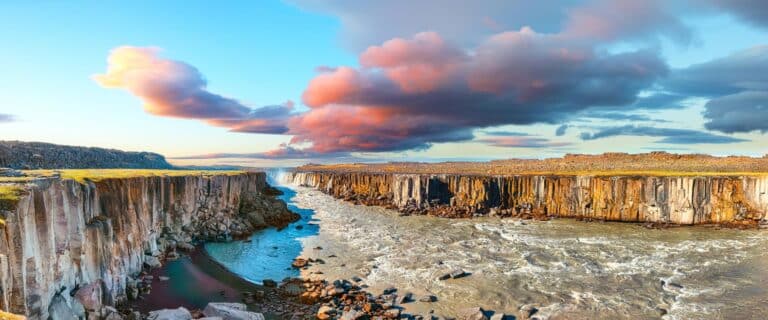When you travel throughout Europe, it won’t take long to discover the national animal of each country. You’ll see them honored on everything from flags on public buildings to refrigerator magnets in packed tourist shops. Some are mythic and others are quite real, but they all represent what that country values. Strength, intelligence, joy, loyalty, courage, freedom, immortality, mystery… All of these are symbolized in different ways and places. Below are some favorites.
Denmark
The Danish national animal is the mute swan, known for its snowy white feathers. The swan’s popularity arises from its starring role in Hans Christian Andersen’s fairy tale, The Ugly Duckling. Native to Denmark, mute swans build their nests near the water or on floating islands of reeds and grasses. Their nests, almost 6 feet in diameter, are unmistakable works of beauty.
England
The Barbary Lion, England’s national animal, has deep historic roots. This lion is exactly how England’s kings wanted to be thought of—fearless, powerful, and lord of all. (We see lions used to symbolize kings back to ancient Judaic tradition.) Henry I, called the Lion of England, had one placed on a banner that went with him into battle. He added another lion when he married. Henry III added the third lion to England’s flag when he married Eleanor of Aquitaine in 1154.
Greece
The dolphin, associated with the god Delphinus, is Greece’s official national animal. For the Greek people, it symbolizes hope, compassion, and giving help when needed. For thousands of years, images of dolphins have been used in pottery, art, literature, jewelry, coins, frescoes, and architecture. These playful, wise creatures also represent the Greeks’ connection to the sea.
In one Greek myth, Dionysus was kidnapped by pirates. The sea turned to wine and dolphins came to his rescue. Thankful, Dionysus turned the pirates into dolphins and charged them with protecting people at sea. Greek city-states were founded upon the ideal of strong social bonds and, for ancient Greeks, dolphins embodied that value.
Iceland
The national animal, and the national bird, of Iceland is the Gyrfalcon. The largest of falcons, with a wingspan of four feet, this graceful bird of prey is fast. Nesting in craggy mountains and cliffs along the Arctic coast, its feathers are white and gray. If you’re visiting Northern Iceland’s Lake Myvatn, look up. You may see one circling above the waters, ready to swoop down and catch a meal.
These magnificent birds are fiercely protected. Motion sensor cameras are placed near nesting areas to prevent theft of their eggs. And, you need permission before photographing them. Their population, once diminished, is now on the rise, thanks to these protective measures. Watch a gyrfalcon in flight—it is absolutely breathtaking.
Ireland
Ireland’s national animal is the Irish hare or mountain hare. The hare is not found anywhere else in the world. They are thought to have been in Ireland for millions of years and are found in fossils from the late Pleistocene. This animal is much larger than a rabbit and has a lovely russet brown coat and white tail. You’ll see them along wild Irish coasts and on mountain peaks. Illustrations of them adorn storybooks filled with magical creatures.
Italy
The Italian wolf, scientifically known as Canis lupus italicus, is considered to be Italy’s national animal. The association goes back to Roman mythology and the founding of Rome. A wolf nursed the twin babies, Romulus and Remus, when they were abandoned by their mother. Romulus later founded Rome and became its first king. (The city of Rome gets its name from him.)
The Italian wolf lives in the Apennine Mountains and in the Western Alps of Italy, Switzerland, and France. Like gray wolves, they are pack animals, devoted to their families. With very few bears in Italy, the wolves are the dominant and largest predators. As with other national animal symbols, they are honored for independent, untamable spirits.
Northern Ireland
Northern Ireland only became a separate country in 1921, and no animal serves as its national symbol today. There is an ancient Coat of Arms for Northern Ireland that displayed a beautiful Irish Elk, but it fell into disuse in 1972. That animal was actually a giant deer, extinct for thousands of years.
Norway
Norway is the home of many Arctic animals, including moose, reindeer, polar bears, puffins, and whales. The moose was chosen, by popular vote, to be the country’s national symbol. The moose, often called an elk in Europe, is beloved for its wild disposition and being king of Norway’s vast forestlands.
The moose often plays a role in Norway’s legends, and older Norwegians still spin tales about them. The animal is revered for its glorious antlers and its majestic presence. Norwegians, who love nature and outdoor adventures, feel connected to their moose!
Scotland
We think of Scots as no-nonsense and bold, so it may be surprising to find that Scotland’s national animal is the unicorn. Their attachment to this magical creature goes back centuries. Scotland is not the only nation that favored these creatures. Ancient Babylonians and the Indus civilization featured them in their art and sacred ceremonies.
Celtic culture prized the unicorns’ white, graceful body as the embodiment of innocence and power. They also had the ability to heal; it was believed poisoned water could be purified when a unicorn dipped their horn in it. Proud and wild, the Scots related to their independence. The unicorn was first displayed on Scotland’s royal coat of arms in the 1500’s.
Sweden
Sweden, with its vast forests and over 10,000 lakes, is a land that’s in love with nature, raw and wild. Their national animal is the Eurasian Elk. Hearty and dignified, they are well-adapted to Sweden’s woodlands. The elk’s fur is dark brown and gray. This provides excellent forest camouflage. The Eurasian Elk lives in harmony with its environment, is sturdy, resilient, and part of the land. It represents how Swedish people see themselves.
Wales
The Red Dragon flies on the Welsh flag, and there’s a story there. Vortigern, a Celtic king, found the perfect place to build his castle in Snowdonia. He was warned off the spot by a young boy who told him that two dragons slept below in an underground lake. The name of this young boy? Merlin.
Vortigern ignored him. When digging began, the workers happened upon two dragons fighting. Enchanted, the men watched as the Red Dragon defeated the White Dragon. From that time forward, the creature has represented Vortigern’s people, the Welsh.
When we view bald eagles in flight or a bison on a snowy Yellowstone plain, we immediately feel the soul of America. Ireland knows the mountain hare belongs to them. Italians are connected to wolves, and a visit to Greece is falling in love with the sea and its dolphins. National animals represent our best qualities, what we aspire to be, and what we feel needs protecting.
When planning a European vacation, let your Destination Expert know if you’re an animal lover! They’ll arrange experiences that will be a perfect fit.


